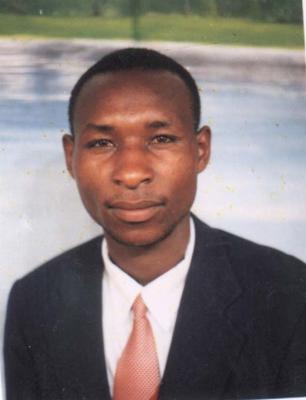by ROBERT ONSARE
(KISII, NAIROBI, KENYA)

Robert Onsare
Gesare Okemwa was born in the 1920s.She doesn’t need scientific explanation to concur that climate change is here. To her observation and comparison of rainfall patterns, humidity pattens, temperature fluctuations, and wind flow changes over the years remain to be her best weather instrument.
Gesare says that African Communities had their innate approach of naming seasons. For the Kisii’s the twelve months of the year were named from the prevailing changes in weather. Rain patterns, migration of birds (animals), shedding of leaves and flowering of (some) plants, presence of dew and cloud formation, patterns and movement of stars and the sounds and carols of animals and birds.
She says that naming of months were based on seasons (months): Emwani ne Enkoromoni Ka abanchi Baregana (May and June is asunder to friendly relations). The month of November was named as Monungu no barema, a time when farmers were expected to embark in preparation of the soil for planting. The month of march Riete, while April, Amaumuntia (Cloudy and rainy). All these tell us the type of season that was expected then. “This held true for so many years till the recent past; that their naming began to be overtaken by events,” she points out.
The patterns of rains have changed. Some species of birds have disappeared. Several springs have dried up, the water volume in our rivers has drastically gone down. Temperatures rising gradually. Lots of plant species cannot be traced. Swamps (natural water reservoirs) have been turned into gardens.
